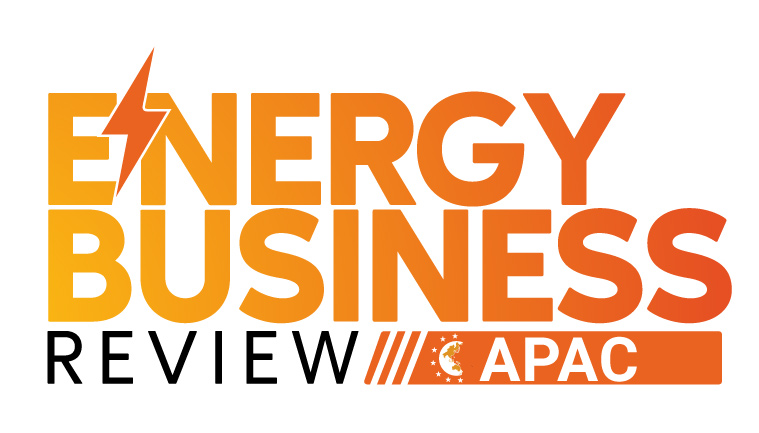Thank you for Subscribing to Energy Business Review Weekly Brief
A Remote Telemetry Unit-based Approach to Managing Renewable Energy Assets
Energy production is increasingly diversifying, with solar, wind, wave, hydropower, marine,

By
Energy Business Review | Tuesday, July 05, 2022
Stay ahead of the industry with exclusive feature stories on the top companies, expert insights and the latest news delivered straight to your inbox. Subscribe today.
Power generators are looking at new technologies to integrate renewable energy into their portfolios and the transmission grid significantly as intelligent grid technology transforms the infrastructure.
FREMONT, CA: Energy production is increasingly diversifying, with solar, wind, wave, hydropower, marine, and biomass joining more conventional techniques. According to multiple groups that measure global power production, approximately 30 percent of the world's electricity is generated by renewable energy now. Power generators are evaluating new technologies to include renewable energy into their portfolios and to integrate the solar, wind, and other renewable energy sources into the transmission grid. The grid is transforming due to innovative grid technology.
Capturing Data
As a result of the diversification of energy production resources, utility operators must now manage a significantly more extensive portfolio of assets more intelligently and efficiently. This is only achievable by collecting, storing, and analyzing massive amounts of data from physical assets. Remote telemetry units (RTUs) are the technology capable of achieving this, which is one reason why they are now a crucial component of many power generation and distribution systems.
Check Out This : Telecom Business Review
Said, RTUs translate vast quantities of data into valuable management information while acting autonomously to maintain equipment's proper operation. As power plants are frequently required to inform the grid operator in real-time about the electricity they're generating; operators need to know the active and reactive power measurements, phase voltage, and connection status of switches, among other things. Telemetry can support these issues by sending data to control centers and adjusting power generation based on the grid operator's needs.
The digitization of the energy industry is accelerating, mainly using RTUs. In the past, maintenance engineers lacked visibility into the state of grid assets. As a result, they were forced to take a reactive rather than a proactive strategy, as they could not determine which asset required maintenance and when. In contrast, the implementation of RTU systems is developing smart grids that enable utility companies to optimize customer service.
With such a wide variety of assets, including generation, distribution, and consumption, technology is the only way to create a smart grid. Despite being a minor component of this network, RTUs are crucial because they collect data from various assets and transform it into useful management information.
Asset Diversification
A wide variety of power production types inside the system presents difficulties. Wind turbines and solar cells are frequently situated in harsh, remote settings. As a result, it becomes more difficult to maintain supply continuity from the point of generation to the user, necessitating careful and constant monitoring of equipment. To further complicate matters, these remote places frequently receive only satellite or weak Global System for Mobile Communications (GSM) radio signals.
However, assistance is at hand. Recent developments enable each RTU to act alone or communicate wirelessly with a telemetry data gateway connected to a cloud computing infrastructure, including software capable of delivering processed data to management. Reliable low-band telemetry can collect data from most energy sector assets, acting as a canary in the coal mine to forecast, diagnose, and communicate outage incidents.
RTUs execute autonomous control in real-time and then inform SCADA (supervisory control and data acquisition) systems that everything is under control. At the SCADA interface, operators can then supervise activities by configuring new known performance indicators or changing instructions (open/close this, start/stop that, etc.) for RTUs to execute on-site.
The data transmitted to control centers may comprise active and reactive power, phase voltage, and switch connection status measurements. Additionally, systems can monitor utility meters. Solutions can assist in adjusting generated power and monitoring power generation facilities.
Check Out This : Integrated Merchandising Solutions






